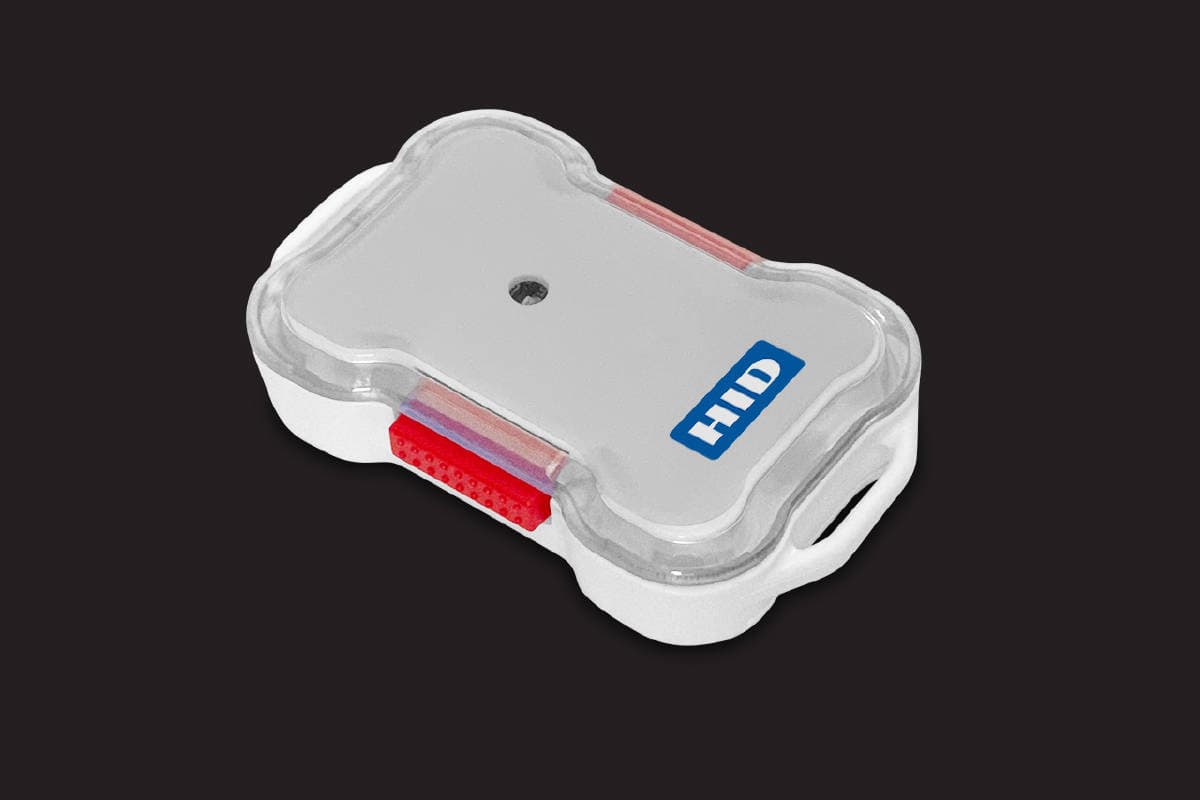
This article first appeared in Digital Edge, The Edge Malaysia Weekly on December 20, 2021 - December 26, 2021
When HID Global Sdn Bhd began detecting Covid-19 cases among its factory workers in Johor last year, it relied on interviews and CCTVs to do contact tracing.
This meant asking the employee whom they had met and for how long, and digging through CCTV footage to track the employee’s activities. The process was cumbersome and unreliable.
“People forget who they met and don’t know how long they were together. And it takes at least a day to find a person through CCTV footage, since everyone is wearing masks and a smock of the same colour,” says Robert Verkuijlen, managing director of HID Malaysia.
HID Global, an ASSA ABLOY Group brand based in the US, manufactures identity-related technologies such as RFID tags, e-passports and cards and credentials. The RFID tag can be used for animal identification in the livestock industry, asset tracking in various industries and data collection.
Malaysia is one of the company’s main manufacturing hubs with over 800 employees in the Johor factory.
As the pandemic worsened last year, Verkuijlen knew the company had to come up with an alternative contact tracing solution. That’s when it implemented the HID Location Services for Workplace Safety programme, which utilises existing technology and systems.
Each employee wears a small device that has their unique numbers recorded on it. Every time employees get too close to each other for a certain period of time, the device will emit a chirping sound to remind them to practise physical distancing.
“It’s quite helpful, I must say. You see people spreading out automatically, especially at the smoking area. In the beginning, we had to keep reminding people to space out, and we even put markers on the floor. Still we found people close together. Since we started using this, people are spacing out [on their own],” he says.
Once an employee is found to be Covid-19-positive, the safety and health executive can input the employee number in the system and find out who was close to his or her device in the past week. From this, the executive will have a complete list of all the close contacts, including how long they were in close proximity.
“There is also geofencing. The executive will also know who was sitting around the same area. All this can be done within an hour. Then, we prioritise and determine who needs to go into quarantine as a precaution,” Verkuijlen says.
The employees cannot turn off the devices, which are automatically switched on inside the factory. Verkuijlen says this system came in handy in December and January when there were Covid-19 outbreaks in the factory.
Of course, this is more useful to prevent an outbreak, he explains. If a major outbreak is already spreading through the dormitories, the better solution would be to quarantine everyone. “But if you have a few individual cases, this device is useful for preventing big outbreaks.”
The HID Location Services for Workplace Safety programme has been promoted to other companies as well. Companies that have workers in close proximity but want to practise strict physical distancing may find this solution helpful.
But as governments expect Covid-19 to become endemic, will this technology still be relevant? Verkuijlen believes it will be because it is preventive in nature. “You are always going to get cases, right? Then the question when it comes is, how do you handle it? How quickly do you isolate the close contacts, prevent any spread and lockdowns?” he says.
A few European countries are going back into lockdown due to rising cases at this point, he adds, even though they had high vaccination rates. Their people had stopped wearing masks and did not physically distance themselves from others.
“We are not going to let go of this (standard operating procedure) because I know we are going to get cases. So, we will continue using this solution until people stop dying from Covid-19,” Verkuijlen stresses.
As for data privacy concerns, the device contains just the employee number, and only the managing director, safety executive and human resources department can access the database. Verkuijlen says an agreement was drawn up stating that this data will not be accessed unless there is a need for it.
Other than this system, HID has installed a QR scanner to monitor the MySejahtera status of employees to flag anyone who might be a risk. This could be people who are supposed to be in quarantine because they are a close contact, for instance. “We have guards who check the status, of course. But can you imagine having to look at 700 screens in a span of 20 minutes? When people come [in a group], you might miss a few,” he says.
Save by subscribing to us for your print and/or digital copy.
P/S: The Edge is also available on Apple's App Store and Android's Google Play.
